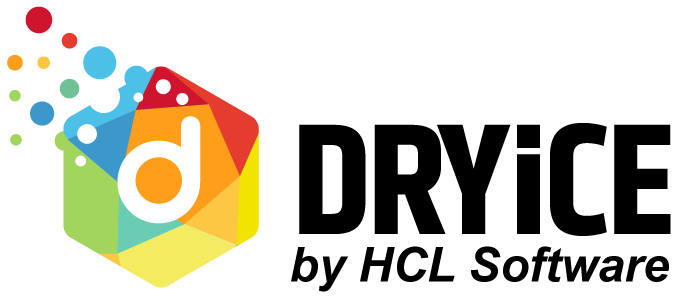September 03, 2020
Earlier this year, it was reported in the month of May that Twitter wouldn’t bring a sizeable fraction of the workforce back and will allow them to continue working from home even after the pandemic enforced lockdown passes1. Soon after Facebook joined the movement, with Zuckerberg announcing that over the next 5-10 years, 50% of the Facebook employees will be working remotely2. This set a seismic change in motion with Google3 and Uber4 following suit. As per reports, they will maintain the current work from home model for their employees till June/July of 2021 – essentially a year. (Uber and Twitter are reportedly taking it a step further and offering allowances to employees toward home office set up).
Other companies like the Australian software giant Atlassian have started following the tech giants’ lead, announcing their permanent work-from-anywhere policy - their employees will now have a choice to either work from home or office or a combination of these two5. These developments will add another transformative aspect to what is now being referred to as the “Next Normal”.
The work from home model has widespread and significant operational and logistical ramifications for organizations. Of the many hurdles, one of the biggest challenges while working remotely is that employees are now physically disconnected from all forms of assistance. This means that the unofficial “tap the shoulder” or “watercooler conversation” approach is no longer an option. While having inter-office chat options might mitigate this to some extent, service requests, and information query and retrieval pose as one of the biggest remote working challenges. Often the only recourse an employee has is to open a ticket or call into a help desk.

The issues during working remotely could be something as simple and mundane as a password reset, an inquiry about employee benefits, or setting a default browser, to slightly more complicated like removing an add-in from Outlook, fixing a corrupted Excel instance, or deciphering a cryptic application error message. In a lot of enterprises, these form the bulk of the workload that the support staff have to deal with. While some of these might seem more complex to a layperson, if they involve supported applications, chances are that the support staff are familiar with both the issue as well as the remediation. If these occur frequently, they might keep the high-value resources trapped in a cycle of constantly reacting to and remediating break-fix incidents, thereby never allowing those personnel to diagnose the larger problem and develop a lasting solution.
To a staff already burdened by the proliferation of supported applications and a shift to working remotely, the increase in the volume of tickets and service requests is the last thing they need. The answer to these challenges lies in workspace management solutions, which help increase productivity and enable employees as well as support staff to focus on high-value tasks. One of the keys to the success of these solutions is in empowering of employees to serve themselves. Another is pushing automation to end-points so that issues are resolved without employee or help-desk intervention. DRYiCE™ Software offers automation solutions covering both these approaches.
DRYiCE Lucy is a Cognitive Virtual Agent (CVA) that can serve as an interface between employees and Enterprise Applications across domains and business functions. It uses Natural Language Processing (NLP) to conversationally understand user intent. It can query myriad data sources to retrieve the information the user is seeking. Upon retrieving the data, the user is presented with options to act on it, thereby closing the loop on typical requests. With support for several languages and 24x7 availability, deploying Lucy is tantamount to giving employees their own digital office concierge as they work from home.

DRYiCE Optibot is an employee-enablement and workplace optimization software that addresses workplace environment problems by focusing on enhancing user experience consequently making work-life simpler, and reducing the burden on IT support. OptiBot minimizes calls to the latter function by preemptively resolving various commonly occurring system or application issues through unassisted end-point automation.
As we come to grips with the Next Normal, it’s clear that the time to put measures in place is now. Contact DRYiCE Software to find out how we can help operations and support staff regain control over a burgeoning backlog of tasks and improve productivity.
Sources:

Raj Jathar
Raj has over 25 years of experience in Technology and IT, in both pre and post-sales leadership roles in a variety of different capacities, including Technical Sales, Customer Success, Professional Services, and Product Management. Prior to DRYiCE Software Raj was with CloudHealth Tech, SevOne, and CA Tech.


